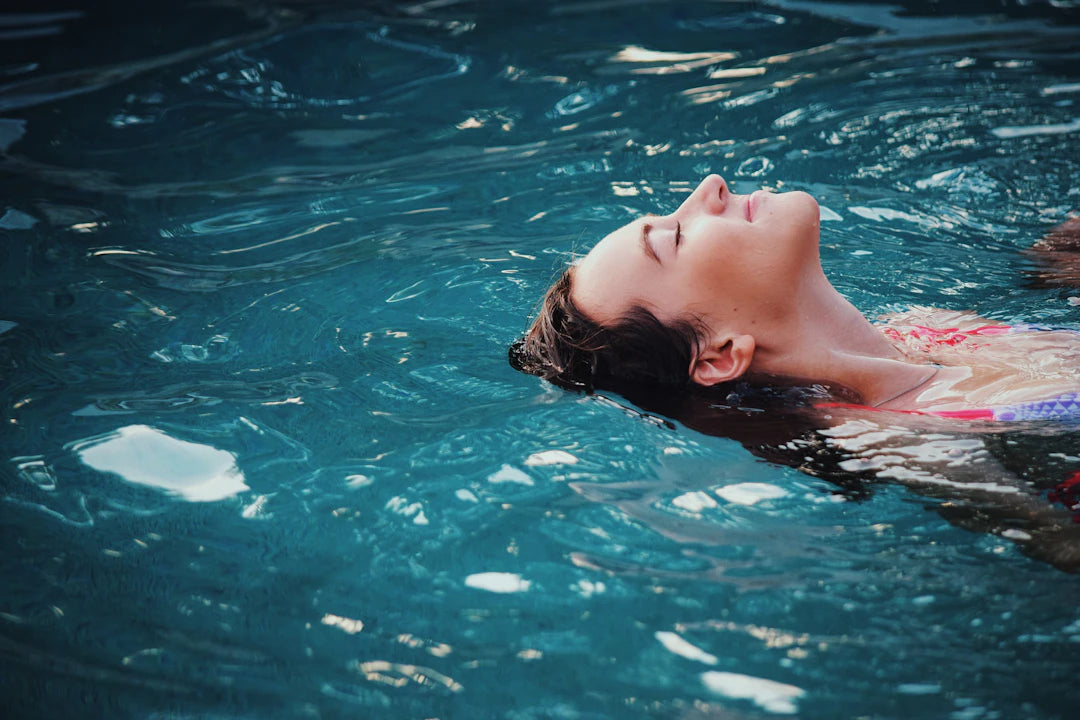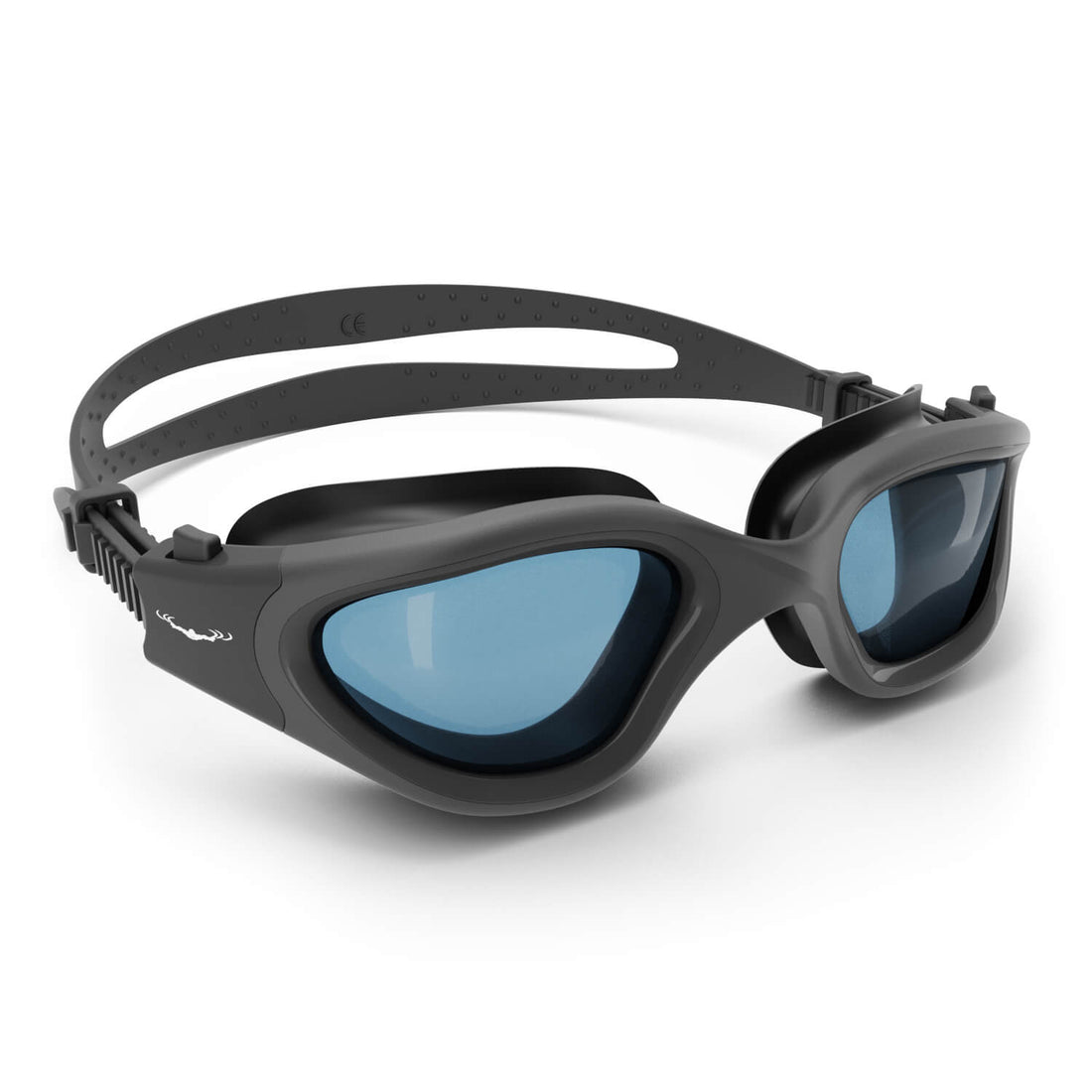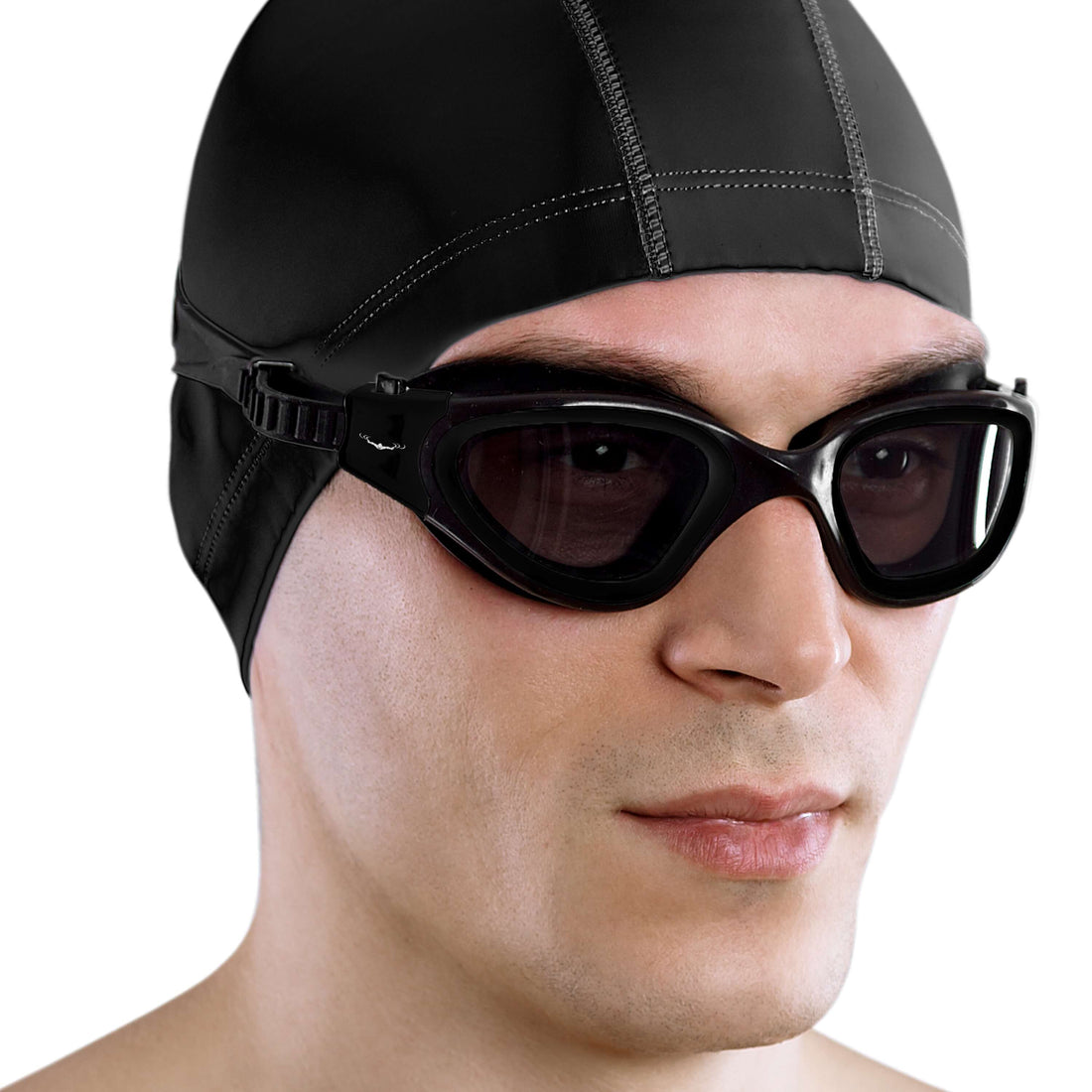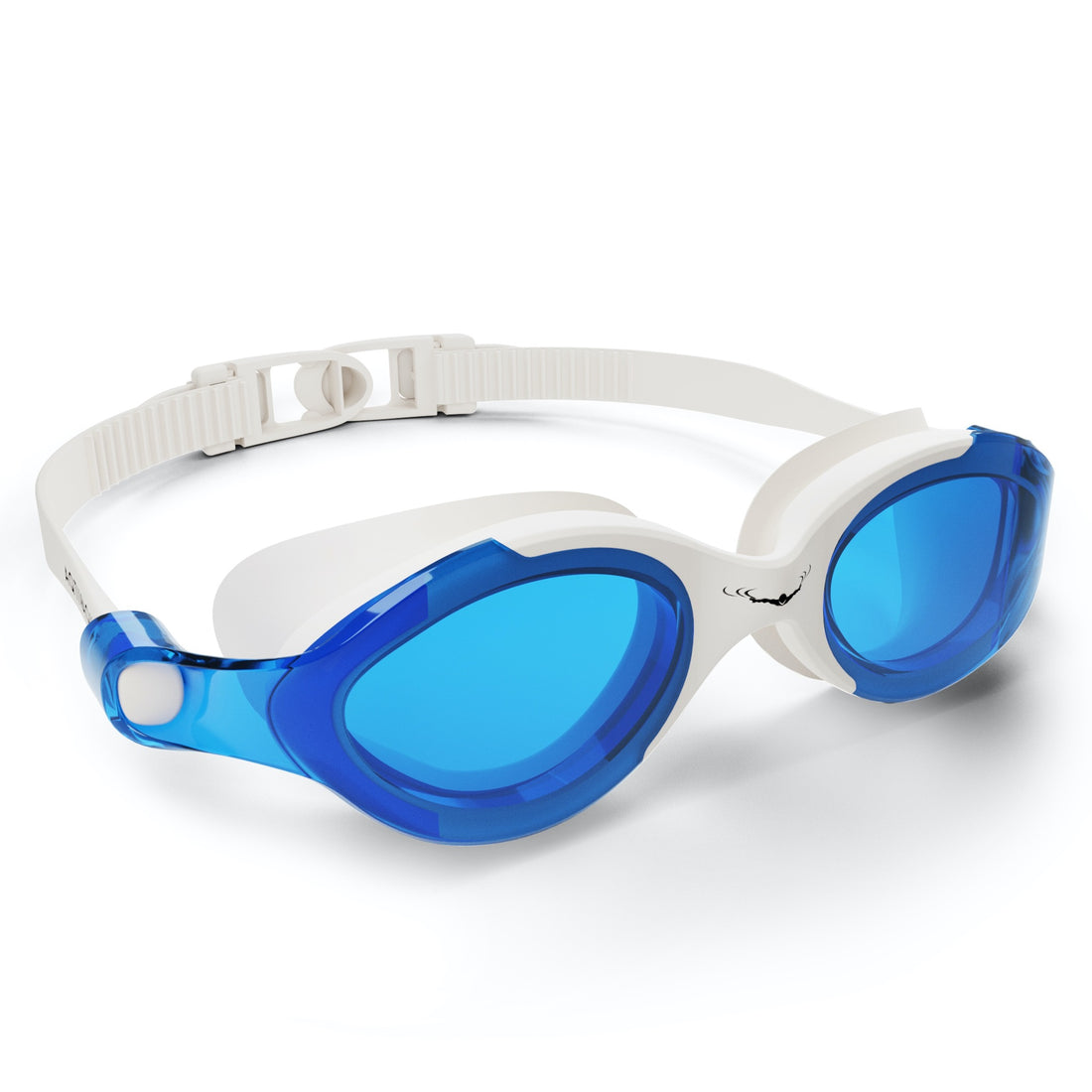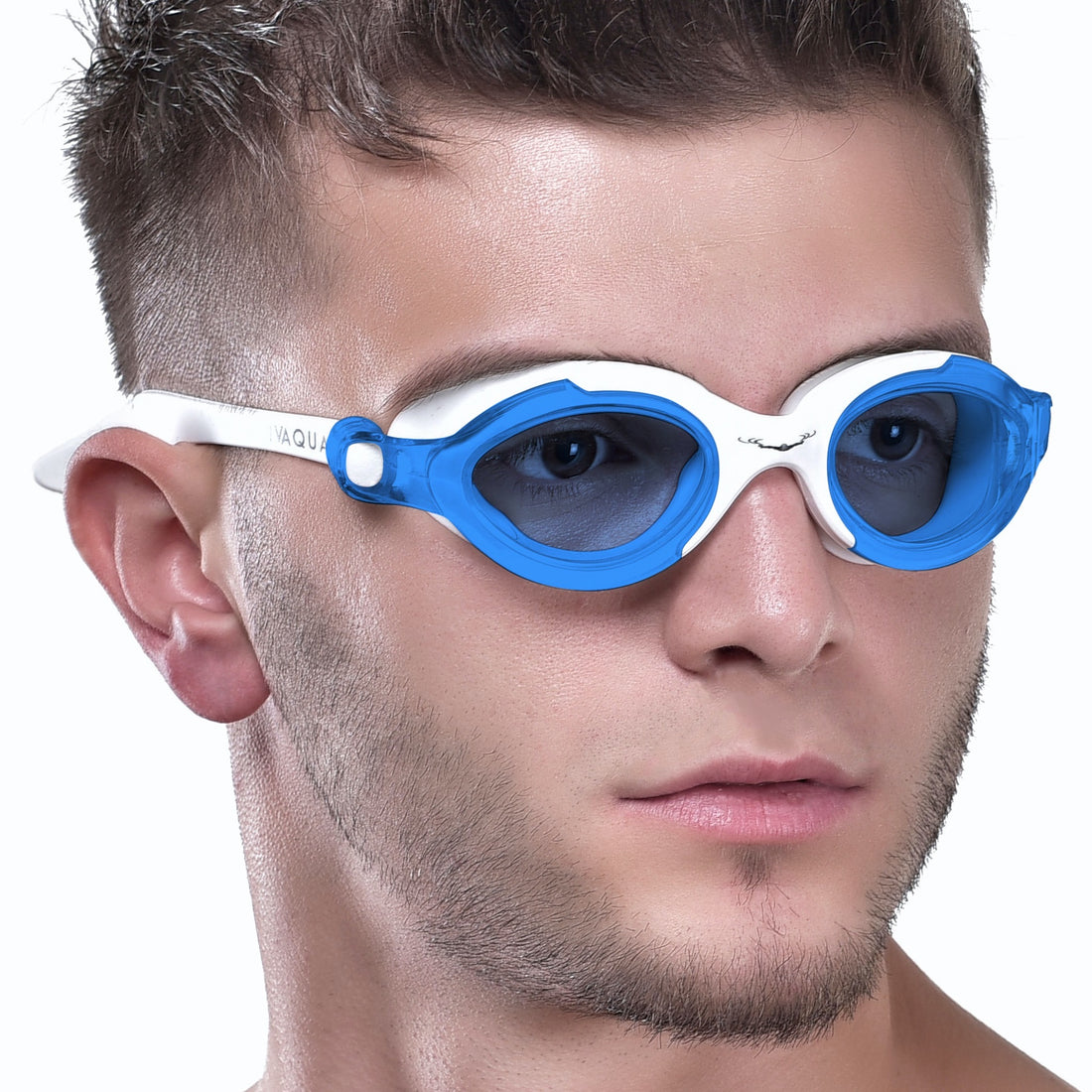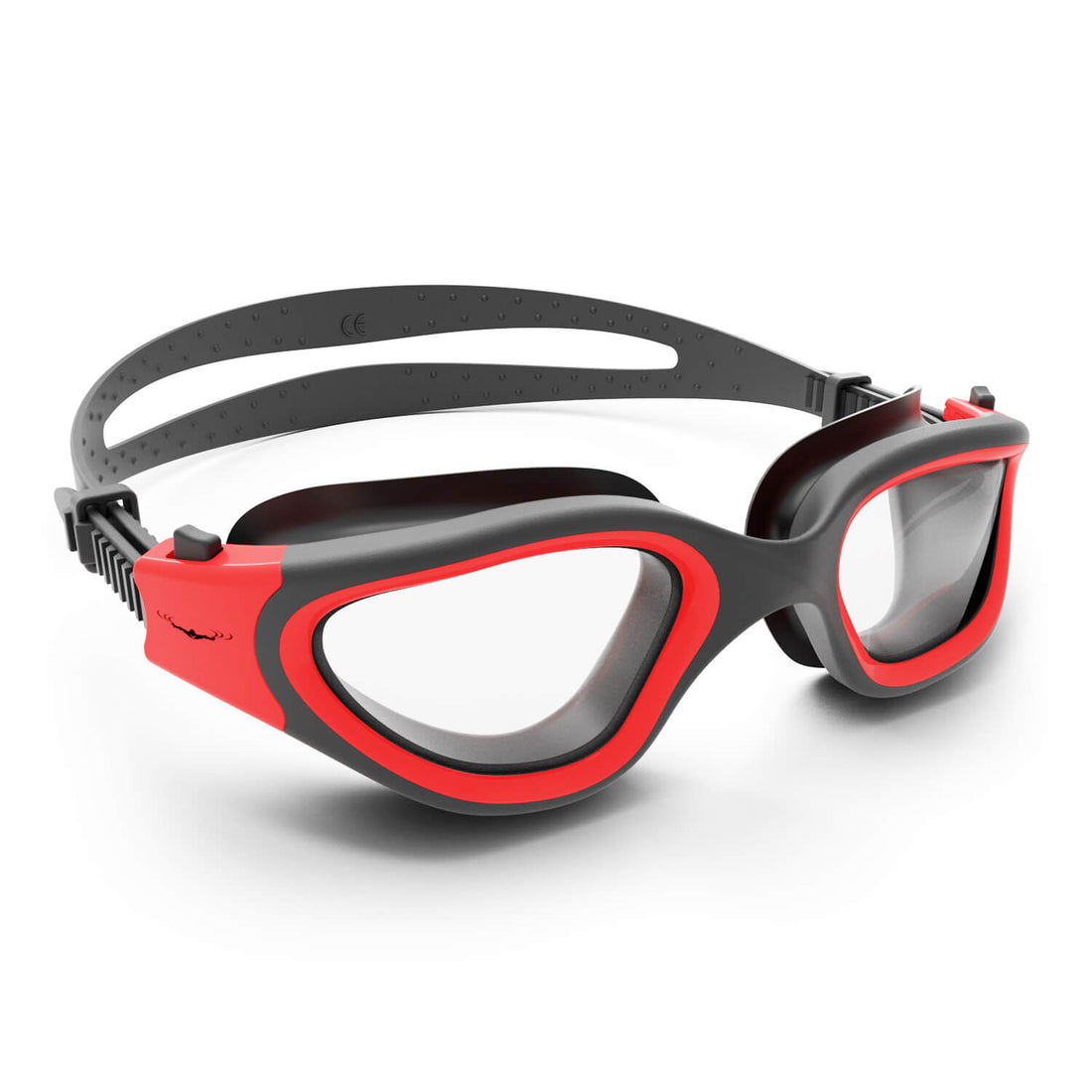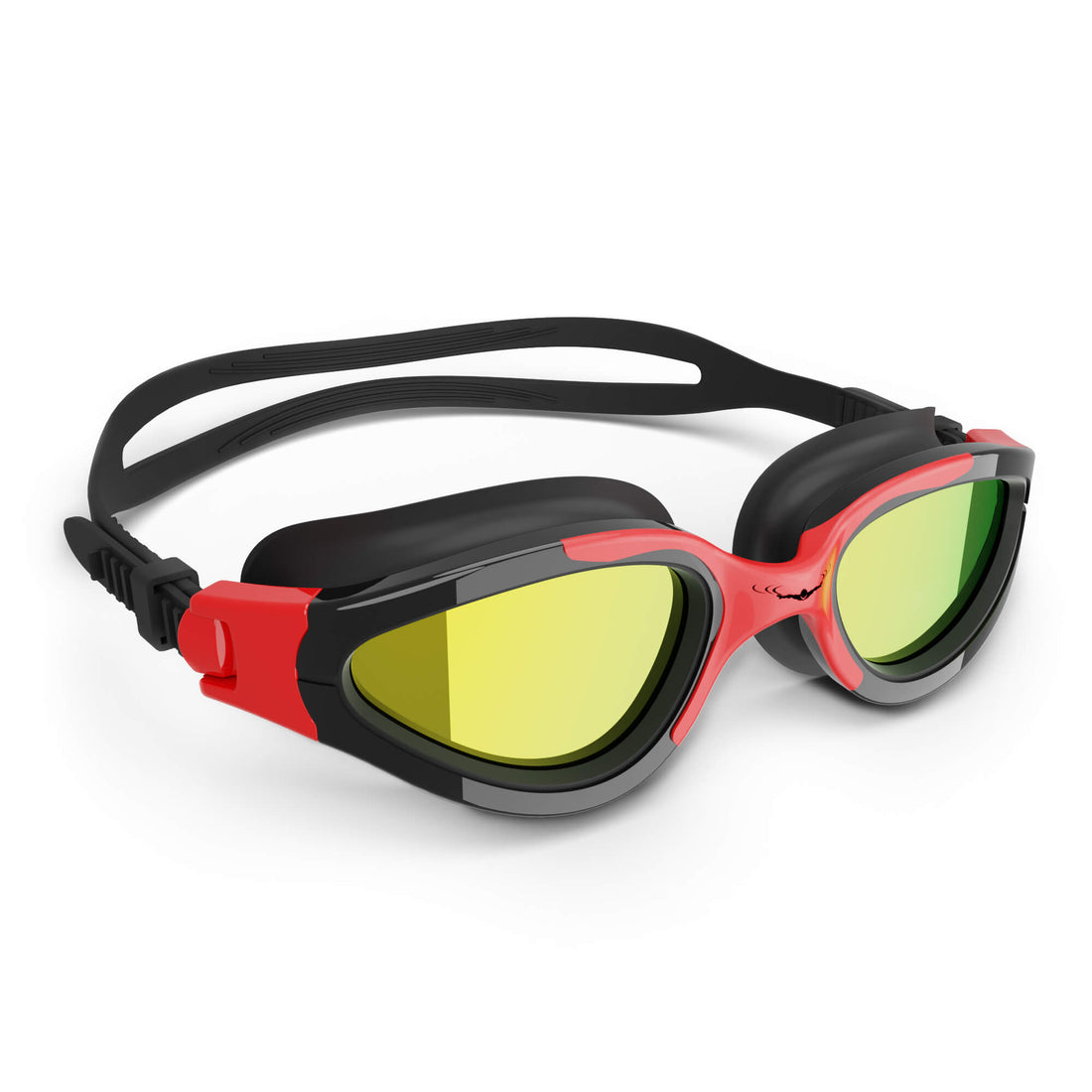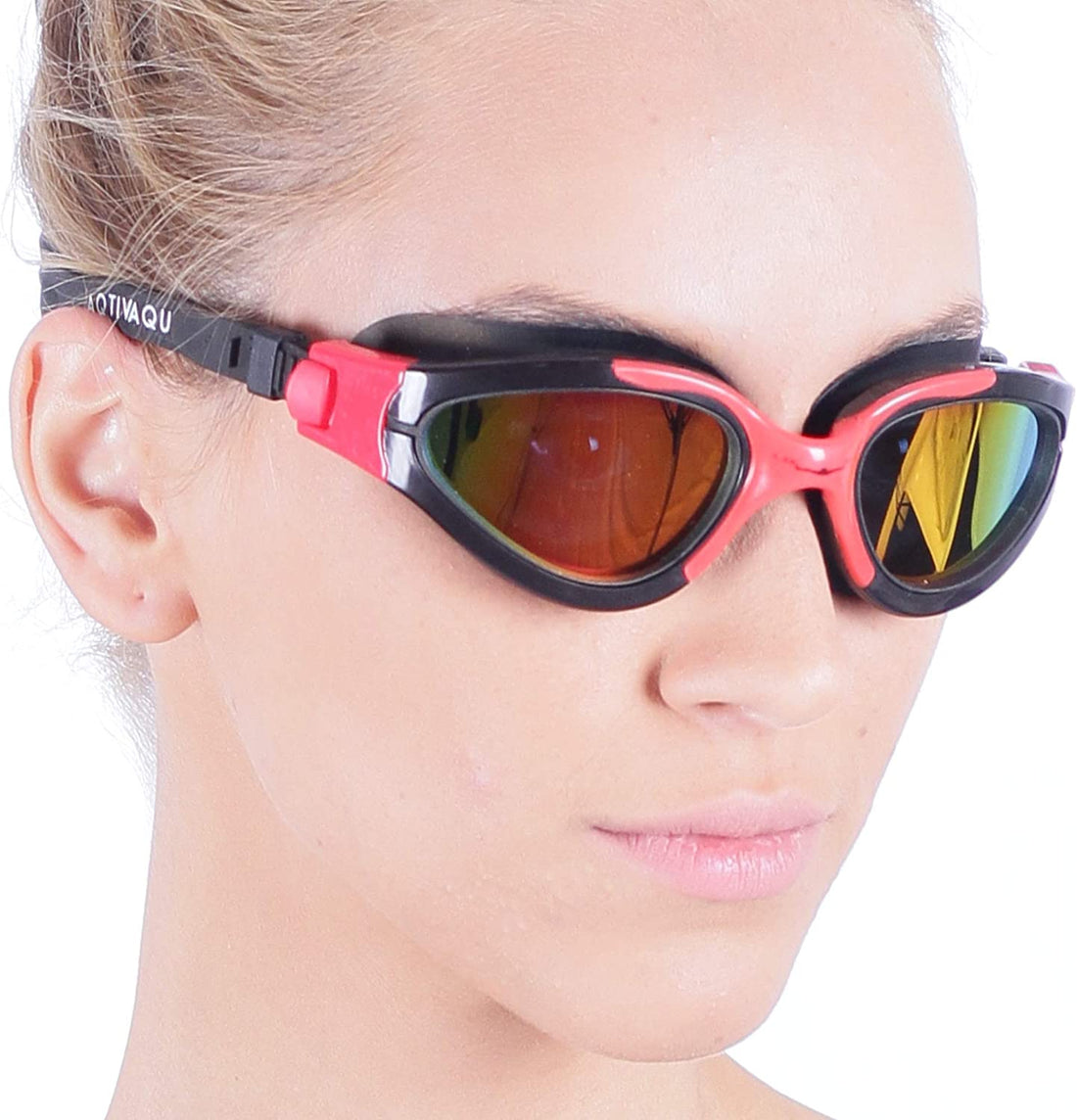Frequently Asked Questions
1. What are the benefits of learning different swimming styles?
2. What is the most popular swimming style?
3. How can swim goggles improve my swimming experience?
4. What are some key techniques for mastering the butterfly stroke?
5. What is the Individual Medley in swimming?
Swimming is not just a fun activity; it's an essential life skill and an excellent form of exercise. Whether you're splashing around at the beach or training for a competition, understanding different swimming styles and techniques can take your aquatic experience to the next level. In this article, we’ll dive into the various swimming styles, essential techniques, and the equipment that can enhance your performance, including swim goggles and swimming caps.
The Importance of Swimming Styles
When you step into the water, each swimming style allows for different movements, breathing techniques, and body positioning. Each stroke has its benefits and challenges, catering to various purposes—from leisurely swimming to competitive racing. Understanding these styles is crucial for anyone, whether you are a beginner or an experienced swimmer. Let's explore the most popular swimming styles below.
Freestyle Swimming: The Quickest and Most Popular
Freestyle swimming, also known as the front crawl, is often considered the fastest and most efficient stroke. Swimmers utilize a flutter kick while alternating their arms in a windmill motion. Here’s how to master the freestyle:
Technique Tips for Freestyle
- Body Position: Keep your body flat and horizontal to the water surface. This reduces drag and increases speed.
- Breathing: Rotate your head to the side quickly to breathe during the stroke phase—ensure to maintain a rhythm.
- Kick: Your legs should perform a flutter kick, keeping them close together to minimize resistance.
Using the right swim goggles can significantly enhance your visibility and comfort in the water, allowing you to focus on your stroke technique without distractions.
Backstroke: Riding the Waves on Your Back
The backstroke is unique as it is the only stroke performed on the back. It involves rotating your arms in alternating movements while performing a flutter kick. This style is excellent for improving posture and neck strength.
Backstroke Technique Essentials
- Body Alignment: Keep a straight line from your head to your toes to maintain buoyancy.
- Arm Movement: Windmill your arms while keeping them relaxed, never reaching too far or pulling too hard.
- Kick: Similar to freestyle, utilize a flutter kick while ensuring your toes remain pointed.
Swimming caps can help streamline your movement, reducing drag and keeping your hair out of your face. This allows you to focus on perfecting your technique instead of dealing with distractions.
Breststroke: The Rhythmic and Graceful Stroke
Breaststroke is often the preferred choice for many recreational swimmers due to its slower and more rhythmic pace. It involves a frog-like kick and arm movements that push the water backward.
Perfecting Your Breaststroke
- Body Position: Stay horizontal, with your body slightly submerged to create less resistance.
- Arm Pull: Draw your hands towards your chest in a circular motion, then extend them forward.
- Kicking Technique: The frog kick is crucial in this stroke. Keep your feet flexed and finish the kick in a powerful thrust.
For beginners, wearing a swimming cap may help keep your hair out of the way while allowing you to focus fully on your stroke technique.
Butterfly: The Challenging but Rewarding Stroke
The butterfly stroke, often seen as the most physically demanding, requires a great deal of strength, timing, and coordination. It combines a strong dolphin kick with simultaneous arm movements.
How to Master the Butterfly Stroke
- Body Movement: Maintain a wave-like motion from head to toe, with your hips initiating the power in the stroke.
- Arm Technique: Pull your arms simultaneously in a circular motion, while keeping your elbows higher than your hands.
- Kicking Fundamentals: The dolphin kick is critical. Keep your feet together and generate movement from your hips.
Wearing swim goggles designed for competitive racing can enhance your experience and performance, allowing for better focus and visibility during rigorous practice sessions.
Individual Medley: The Diverse Combination
The Individual Medley (IM) is a competitive event that combines all four swimming strokes—freestyle, backstroke, breaststroke, and butterfly. Masters of IM must be well-versed in the techniques of each style, as seamless transitions can make a significant difference. Here are a few tips:
Key IM Techniques
- Transition: The transition between strokes needs to be smooth. Practice moving from one stroke to the next without losing speed.
- Pacing: Start strong but manage your energy over the entire length of the event.
- Technique Mastery: Spend time perfecting each stroke individually before combining them.
Open Water Swimming: The Thrill of Nature
Open water swimming is different from pool swimming due to varying factors like currents, waves, and water temperature. Training for open water events requires additional strategies to navigate these challenges.
Open Water Tips
- Visibility: Make sure to choose fitting and effective swim goggles that enhance your sight.
- Navigation: Practice sighting—periodically look up to spot landmarks to avoid veering off-course.
- Group Swimming: Understand how to swim close to others and manage the chaos during starts.
Why Equipment Matters
The right equipment can enhance your swimming performance. A well-fitted swimming cap provides hydrodynamic benefits, while quality swim goggles minimize drag and improve visibility. Proper training techniques combined with the right gear can dramatically improve your skills and enjoyment in the water.
Final Thoughts: Dive into the World of Swimming Styles
Understanding different swimming styles and techniques is crucial for improving your performance, whether swimming competitively or just for fun. Each stroke has its unique characteristics and requirements, but mastering them can significantly enhance your swimming experience and efficiency. Armed with the right techniques, gear, and practice, you'll be able to make waves in the water. Embrace these tips and dive into the vibrant world of swimming.


